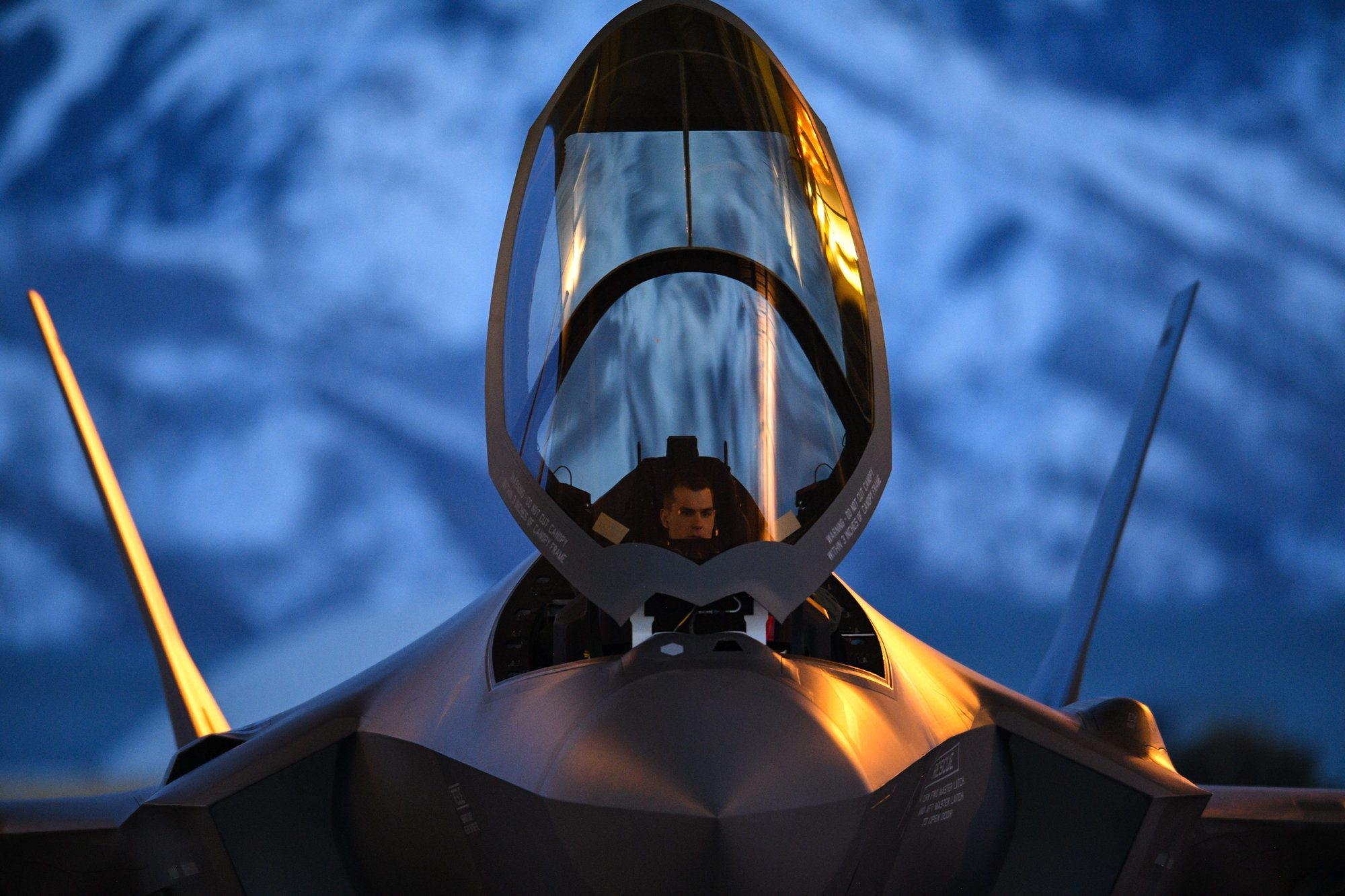Information-Age Combat Power:
Throughout the history of aerospace power, success has demanded collaboration between highly trained personnel and advanced industrial machines. The information age is radically altering this paradigm through the ability to gather mass quantities of information, rapidly process this raw data into actionable information, and collaborate with a broad range of combat assets in a highly integrated fashion.
This trend is not unique to military applications. Wireless connectivity, powerful personal computing devices, and cloud-based applications are integral to daily life across the globe. The ability to access, process, and disseminate mass volumes of information anywhere, anytime has revolutionized the way in which society functions.
Accordingly, understanding aerospace power today and in the future requires an appreciation that highly advanced sensors, robust computing capabilities, and advanced networks are turning information into the dominant factor in modern warfare—one that is radically altering the way in which the United States military projects power. As one Air Force commander recently remarked— “We need to understand that platforms like the F-22 are information machines far above and beyond being killing assets.” Operations over Syria validated this assertion, with F-22 Raptors employed as information nodes versus shooting down enemy fighters. The same holds true in countless exercises, with information age aircraft like the F-35 Lightning II holding a dominant edge as “sensor-shooters” of unparalleled power. The same will prove true for types in development, like the B-21 Raider.

Air Force Chief of Staff General David Goldfein said it best in a speech about this new operational reality: “If we are going to fight and win in wars of cognition, we’ve got to ask a different series of questions before starting an acquisition program on any platform, any sensor or any weapon,” he said. “Does it connect? Good. Does it share? Better. Does it learn? Perfect.”
The Reality
Given this reality, it is critical to acknowledge the implications information and its management has upon the traditional tools of hard military power— airplanes, satellites on orbit, infantry, amphibious elements and warships at sea. It is the force evolving all these tools from isolated instruments of power into a highly integrated enterprise where enterprise knowledge and collaborative partnership will determine success or failure in 21st century warfare.
This has major implications throughout the military enterprise—shaping key focus areas like doctrine, organization, training, materiel acquisition and sustainment, along with command and control. Top leaders in the policy community also need to adjust to the new realities of information age combat operations. Paradigms dating back to World War Two and the Cold War will simply fall short when considering how to build, sustain and employ military power in the modern era. Combat aircraft, space systems, and cyber tools will prove of little use and highly vulnerable without these new attributes.
This vision is best described as a combat cloud—an enterprise in which the US military and allied partners link information-age aerospace systems with cyber, sea, and land-based capabilities in ways that will enhance their combined effectiveness, while compensating for the vulnerabilities of each.
In the air-to-air realm, victory has demanded superior situational awareness, cutting edge aerodynamic performance, and greater weapons’ range. Strike involved successfully penetrating an adversary’s defenses and ensuring the weapons find their target. Command and control demanded high fidelity situational awareness, centralized leadership intent, and decentralized execution. Logistics are all about ensuring the right supplies meet their end user in the most effective, efficient fashion with on-time delivery making the difference between success and failure.

